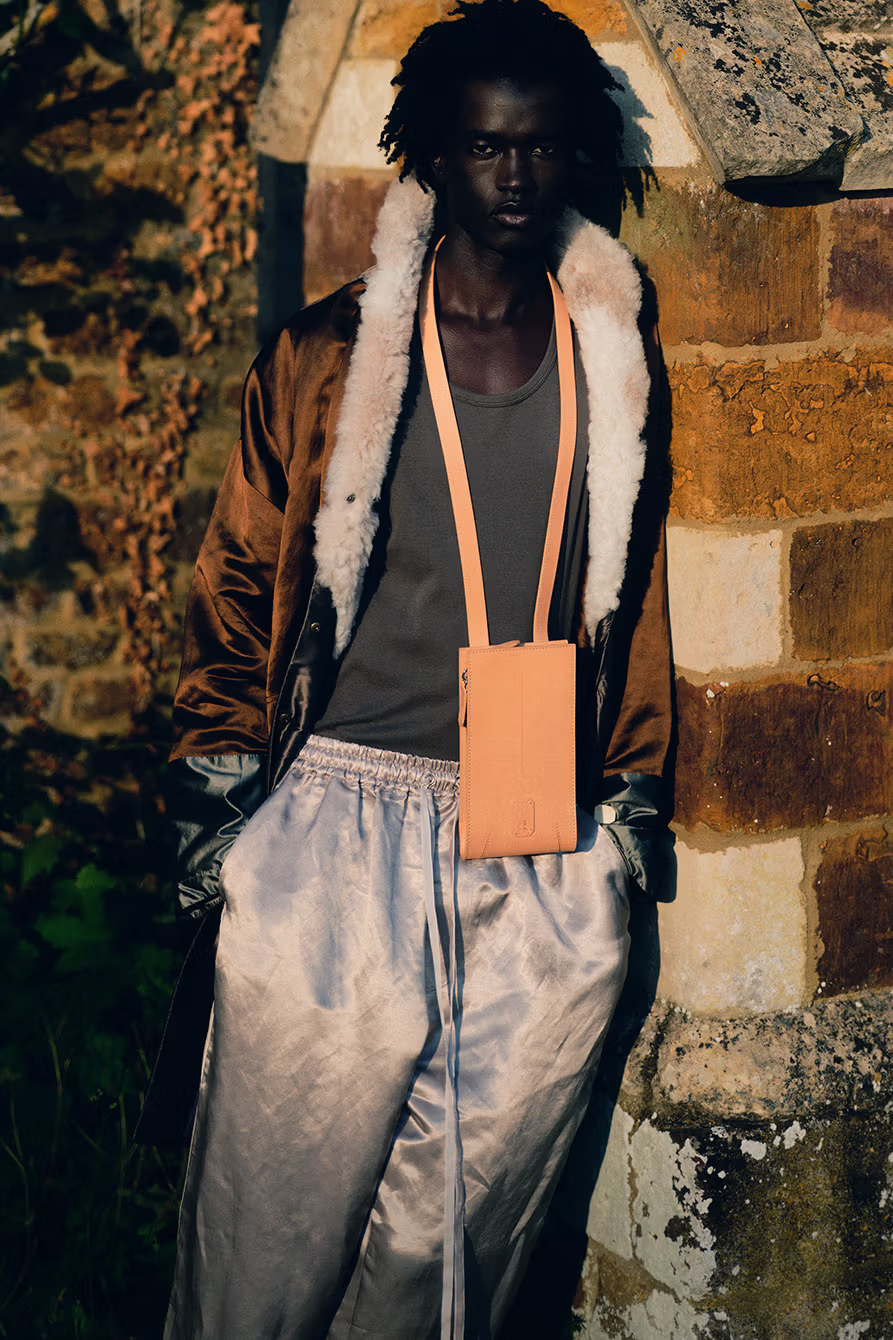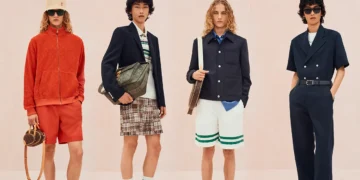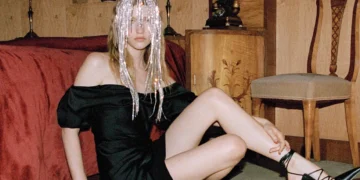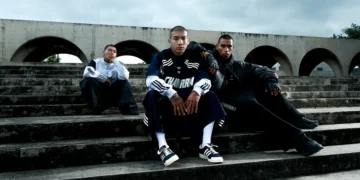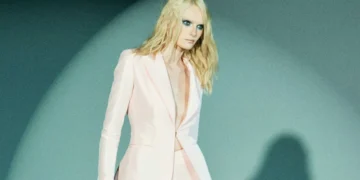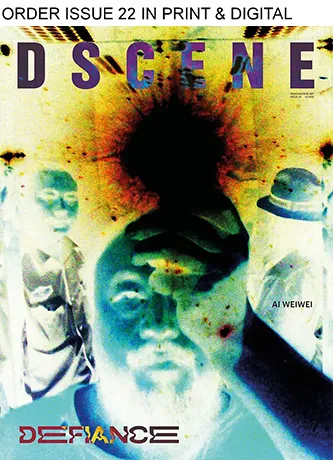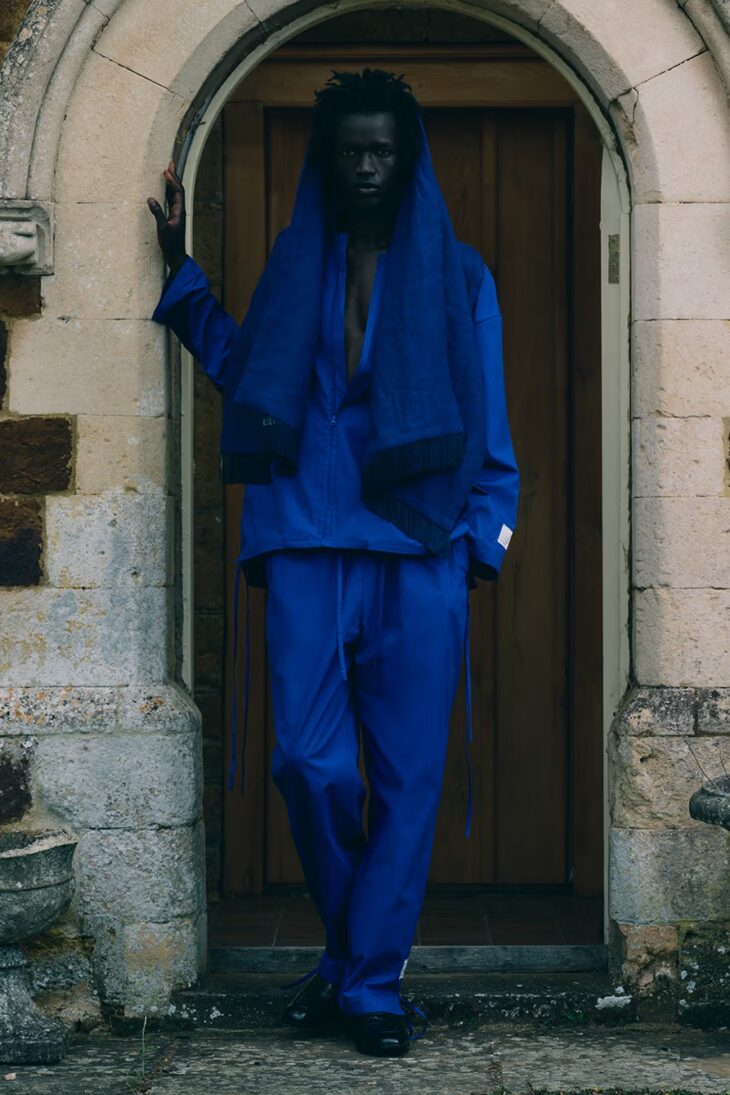
With Season 2, Samuel Ross continues to shape SR_A into something more meditative than trend-driven. Presented at his private estate in the U.K., the collection unfolds as a layered proposition, clothing not as category, but as conduit. Garments move between tailoring and loungewear, precision and ease, functioning as wearable essays on clarity, access, and belonging.
Ross reimagines classic silhouettes with softened structure. Linen and silk suits move with the body rather than against it. Coats cut in velvet fall with a deliberate weight. There’s a sense of air and stillness at once, fabrication chosen not for show but for sensation. Each piece becomes an object of presence, defined by how it feels rather than how it fits within a stylistic bracket. The palette leans muted, but texture carries weight: crisp linens, soft velvets, and compact wools call attention to the material choices rather than embellishment.
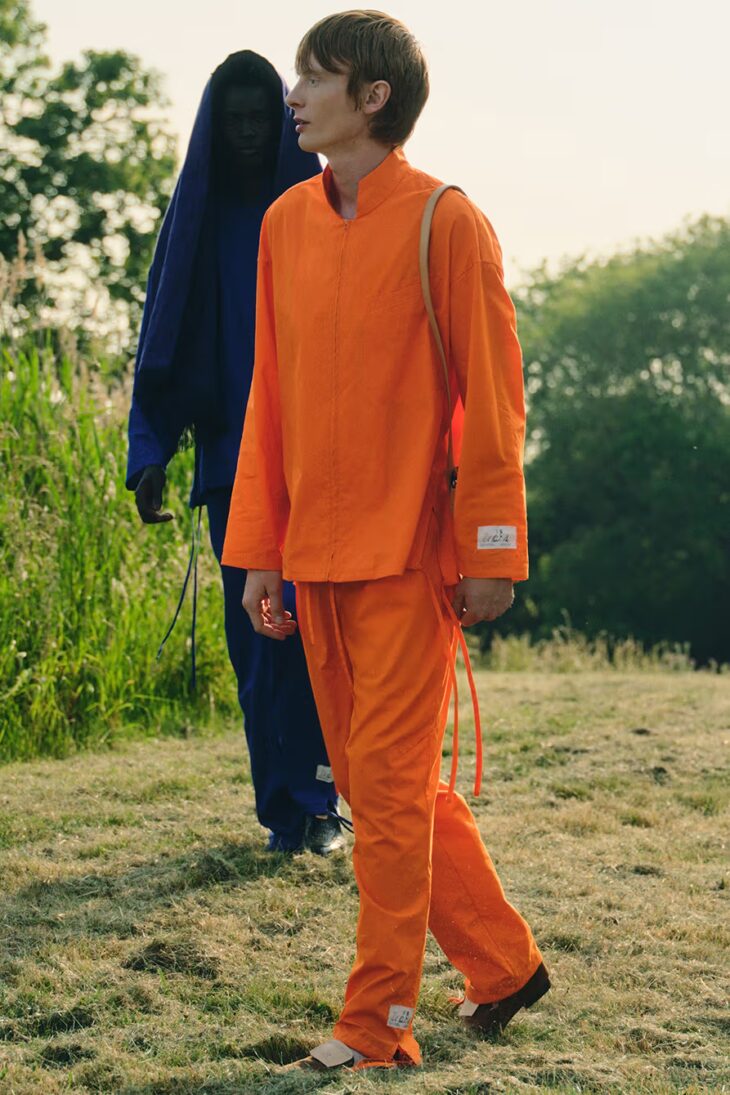
Accessories remain sculptural and grounded. Utility bags in vegetable-tanned leather, waxed cotton layers, and footwear crafted in calf suede and vegan crocodile build tactile punctuation across the looks. Every item reads as purposeful. Together, they suggest not adornment, but a kind of equipping, arments as tools for self-definition, self-possession.
The presentation arrives with a self-composed score by Ross, in which spoken declarations echo beneath ambient arrangements: “We must paint how the future will look, and function.” The tone is direct, yet reflective, fashion here isn’t spectacle but signal. Ross’s language of clothing becomes a Trojan horse, embedding social questions within form and silhouette. What does it mean to move freely? Who gets to appear at ease? The answers are never fixed, but SR_A Season 2 lays groundwork for a future that makes space for those questions to be worn.
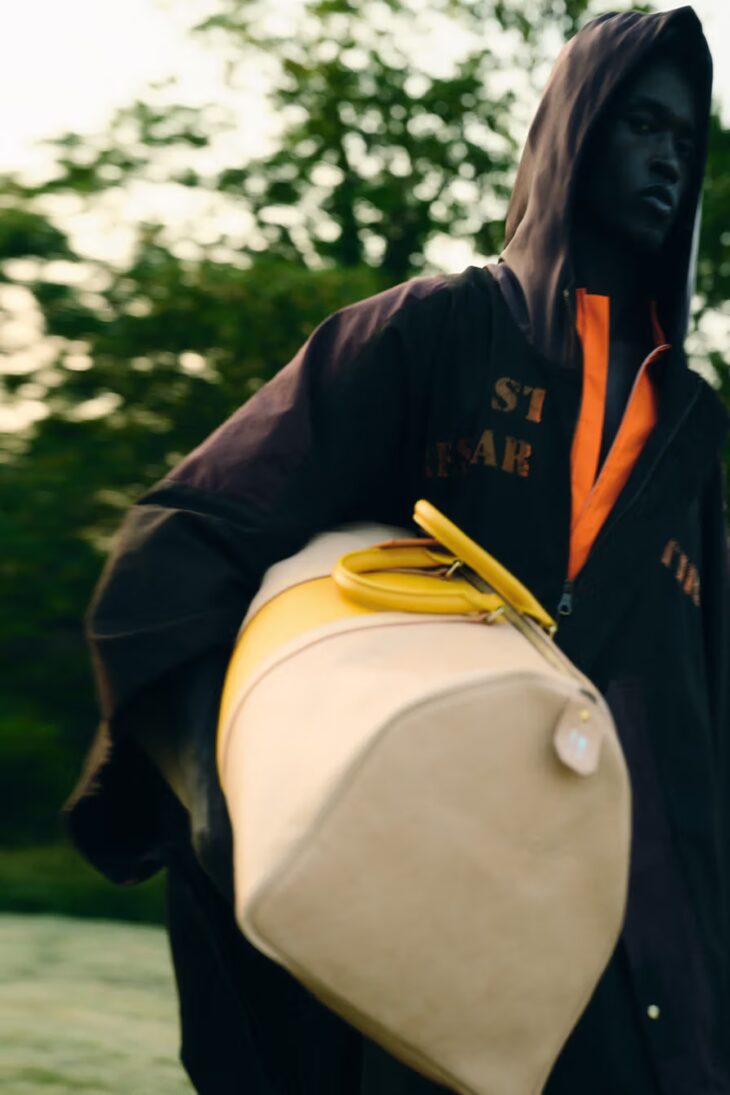
Crafted entirely in British ateliers, the collection carries a local intimacy with global implications. Ross refuses the binary of formalwear versus leisurewear, proposing instead a continuum, clothing that holds presence whether seated in a meeting or standing still in private space. In this way, Season 2 doesn’t just blur categories; it dismantles them.
For Ross, fashion functions less as product and more as proposition. Season 2 doesn’t lean into nostalgia or subversion, it builds an architecture for what comes next. Whether through silhouette, score, or sculptural form, SR_A continues to offer an evolving visual language for resistance, unity, and personal agency.
